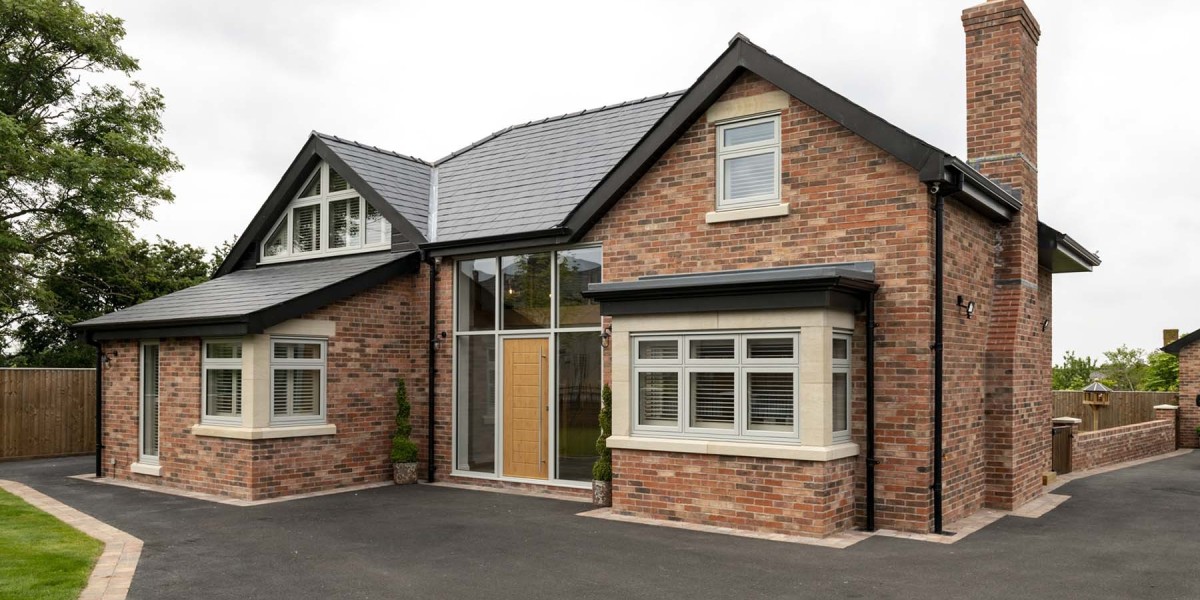While routers accept and generate broadcasts, they do not forward them. This can be quite a problem when a broadcast needs to get to a device such as a DHCP or TFTP server that's on one side of a router with other subnets on the other side.
If a PC attempts to locate a DNS server with a broadcast, the broadcast will be stopped by the router and will never get to the DNS server. By configuring the ip helper-address command on the router, UDP broadcasts such as this will be translated into a unicast by the router, making the communication possible. The command should be configured on the interface that will be receiving the broadcasts.
R1(config)#int e0
R1(config-if)#ip helper-address ?
A.B.C.D IP destination address
R1(config-if)#ip helper-address 100.1.1.2
Now, you may be wondering if this command covers all UDP services. Sorry, you're not getting off that easy! The command does forward eight common UDP service broadcasts, though.
TIME, port 37
TACACS, port 49
DNS, port 53
BOOTP/DHCP Server, port 67
BOOTP/DHCP Client, port 68
TFTP, port 69
NetBIOS name service, port 137
NetBIOS datagram service, port 138
That's going to cover most scenarios where the ip helper-address command will be useful, but what about those situations where the broadcast you need forwarded is not on this list? You can use the ip forward-protocol command to add any UDP port number to the list.
Additionally, to remove protocols from the default list, use the no ip forward-protocol command. In the following example, we'll add the Network Time Protocol port to the forwarding list while removing the NetBIOS ports. Remember, you can use IOS Help to get a list of commonly filtered ports!
R1(config)#ip forward-protocol udp ?
0-65535 Port number
biff Biff (mail notification, comsat, 512)
bootpc Bootstrap Protocol (BOOTP) client (68)
bootps Bootstrap Protocol (BOOTP) server (67)
discard Discard (9)
dnsix DNSIX security protocol auditing (195)
domain Domain Name Service (DNS, 53)
echo Echo (7)
isakmp Internet Security Association and Key Management Protocol (500)
mobile-ip Mobile IP registration (434)
nameserver IEN116 name service (obsolete, 42)
netbios-dgm NetBios datagram service (138)
netbios-ns NetBios name service (137)
netbios-ss NetBios session service (139)
ntp Network Time Protocol (123)
pim-auto-rp PIM Auto-RP (496)
rip Routing Information Protocol (router, in.routed, 520)
snmp Simple Network Management Protocol (161)
snmptrap SNMP Traps (162)
sunrpc Sun Remote Procedure Call (111)
syslog System Logger (514)
tacacs TAC Access Control System (49)
talk Talk (517)
tftp Trivial File Transfer Protocol (69)
time Time (37)
who Who service (rwho, 513)
xdmcp X Display Manager Control Protocol (177)
cr
R1(config)#ip forward-protocol udp 123
R1(config)#no ip forward-protocol udp 137
R1(config)#no ip forward-protocol udp 138
As you can see, the ip helper-address command helps work around the fact that broadcasts aren't forwarded by routers by default, and if you just need to send one or two broadcast types, the other types can be turned off easily.






